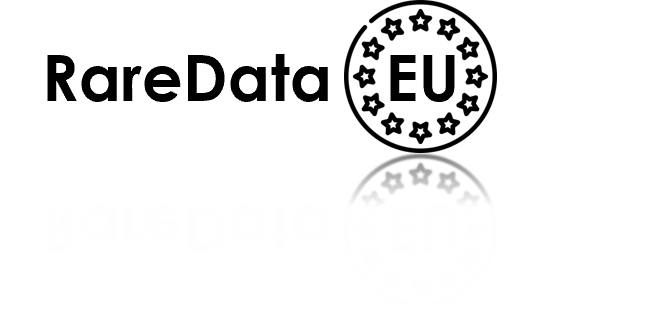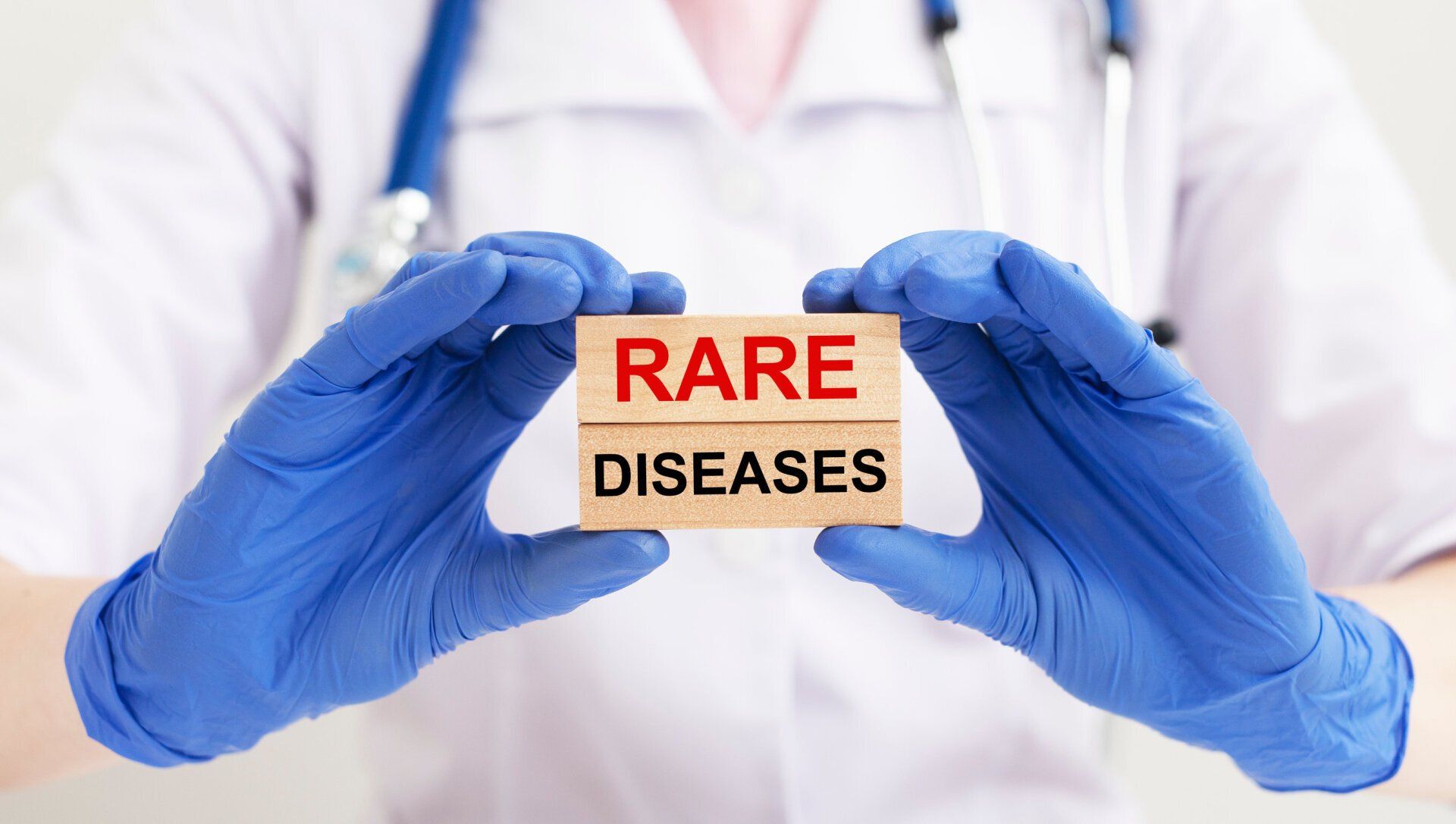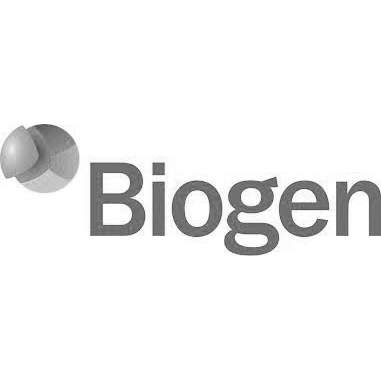Real World Data (RWD) & Registries
What is RWD
Real World Data (RWD) refers to observational data as opposed to data gathered in an experimental setting such as a randomized controlled trial. They are derived from:
1) Electronic Health Records (EHR),
2) Insurance claims and prescription records
3) Disease Registries
4) Data gathered from other sources such as mobile devices, wearables such a pedometers and smart watches
Real World Evidence (RWE) is generated by analysing RWD.
Patients with rare diseases are rare. Good data is even rarer. We believe the primary source of rare disease RWD are registries.
“If it can be measured,
it can be managed.”
Registries will bring together rare disease patient populations. This provides real world clinical data to researchers and pharma companies to complete the natural history of these diseases. Patient registries, ultimately, improve the quality of life of patients.
Registries allow clinicians to discover the best care path for a disorder and then measure patient progress along that care path. Patient registries constitute key instruments for the development of natural history studies, the improvement of patient care, healthcare planning and quality of life outcome.
A disease is officially considered rare when it affects fewer than 5 in 10,000 citizens. That compares with a common disease such as lung cancer, which affects 1 in 15. Between 6,000 and 7,000 different rare diseases have been identified to date; affecting more than 60 million people in Europe and the US.
Rare diseases are highly heterogeneous; most are not well understood or researched. Useful clinical data on rare diseases is extremely rare.
Hospital Electronic Health Care Records (EHR) don’t collect specific diagnostic, treatment or outcome data on rare diseases. Instead, clinicians collect data informally in personal spreadsheets.
All registries are not the same
Level 1
Population Registry with diagnosis and demographic information. This is the most common and simplest type of registry. As well as providing data for health care planners, these registries can be used to source patients for Clinical Trials.
Level 2
Annual Summary Registry showing progression of key quantitative elements. The European Cystic Fibrosis registry is a good example of a level 2 registry. This has detailed annual encounter data for approx. 40,000 patients giving a longitudinal view of key outcome measures such as lung function (FEV) for typically the last 10 years.
Level 3
Study Registry with encounter data for all healthcare interactions. This is the most detailed registry. Collecting data for each patient encounter is time-consuming. However, this is required for RWD sponsored studies.
Why registries are the main source of RWD for Rare Diseases
EHR, Insurance Claims and Prescriptions data are used regularly as RWD to diagnose patients with common diseases. Big Data and AI techniques are used to analyse large datasets finding correlations or patterns in data that manual analysis would never reveal. By analysing a vast amount of patient health data, doctors and clinicians can zero in on otherwise hard-to-diagnose diseases like Parkinsons.
However clinically useful rare disease data is rare. The agreed diagnosis and treatment of these diseases is often developing rapidly and in multiple different directions. The small number of Key Opinion Leaders (KOL) typically have different views on what data to collect. In fact, it takes four years for patients to find out what rare disease they are suffering from, according to EURORDIS.
“Although we are approving cancer drugs at a rapid pace, few come to market with good evidence that they improve patient centred outcomes. If they do, they often offer marginal benefits that may be lost in the heterogeneous patients of the real world. Most approvals of cancer drugs are based on flimsy or untested surrogate endpoints, and post marketing studies rarely validate the efficacy and safety of these drugs on patient centred endpoints”
BMJ 2017
EHR and prescription datasets are only of use where a combination of standard data elements (for example date of birth and prescription drug) can coincidentally isolate a cohort of rare disease patients. This would also require all confounding variables to be identified and isolated; for example national prescription policies.
Only six percent of rare diseases have drug treatments according to Rare2030 a study led by EURORDIS. Hence in most rare diseases doctors can only treat the disease symptoms. This might be for example a course of steroids. EHR, insurance claims and prescription claims datasets rarely include the diagnostic codes for rare diseases: ORPHAcode. Instead, they are based on more generic ICD-10 disease classification codes. Rare diseases diagnosis typically requires highly specific lab, imaging, or genetic testing combined with highly specialized clinical knowledge.
- Population Registry to provide candidates for a Clinical Trial.
- Natural History Study to collect health information over time and understand how the medical condition develops and to give insight into how it might be treated.
- Substitute for a Placebo-Control Arm in a Phase 3 Clinical Trial.
- Data collection platform for Early Access programs.
- Long term Post-Authorisation Safety Study (PASS) to support EMA (European Medicines Agency) conditional market approval and provide additional safety data.
- Health technology assessment (HTA) Safety And Efficacy Study to provide long term data to national reimbursement agencies such as G-BA (German) or NICE (UK)
- Real World Data studies to provide RWE to EMA to expand the cohort of approved patients. This growth through Label Expansion has become an especially important and prudent technique for pharma to increase the patient population.

A double blind randomized clinical trial remains the gold standard to prove the safety and efficacy of a candidate treatment. However, they are slow and expensive. The average cost of a phase 3 orphan drug clinical trial is $30M (source Orphanet Journal of Rare Diseases 2019).
Additionally, subjects in clinical trials tend to represent an idealized cohort of patients. They tend to be young, with no comorbidities; sick enough but not too sick. As an FDA official recently remarked:
“Data on free range humans is much more useful that data from batch humans”
FDA and EMA Regulators are well aware of these limitations and looking more and more at RWD to expand the efficacy and safety data of a clinical trial. This is particularly true for orphan drugs where enrolling sufficient patients is an extra burden.
Pharma need RWD to provide clinically verifiable data on efficacy and the economic burden of illness on a much more diverse population than was used during pre-registration.
This trend to accept registry data is continuing to gain momentum amongst regulators. In November 2021 the FDA published guidelines in using registry data to support regulatory decisions. Click on the button below to review:
This provides clear prescriptive guidelines on designing registries for RWD. In general, this means following clinical trials standards defined in Good Clinical Practice (GCP) Guidelines. For example,
- A comprehensive role-based security model,
- Full audit trails
- Enabling 3rd party Clinical Monitors to raise and resolve queries on specific data entries.
These features are fully supported by REDCap.






